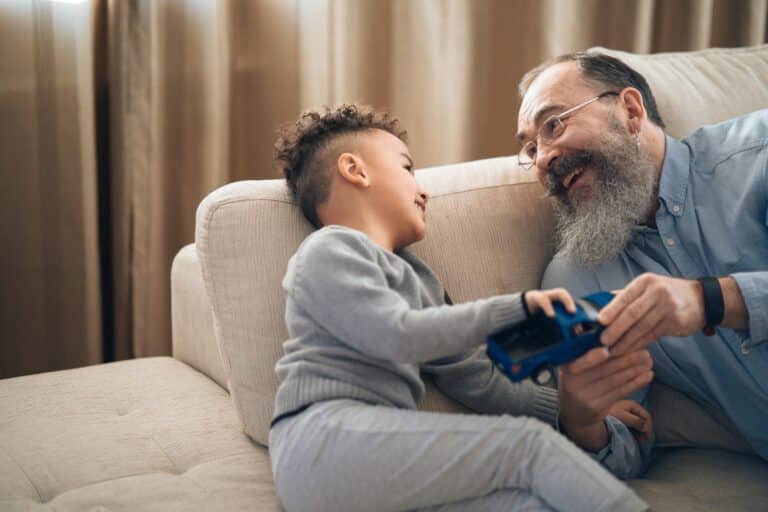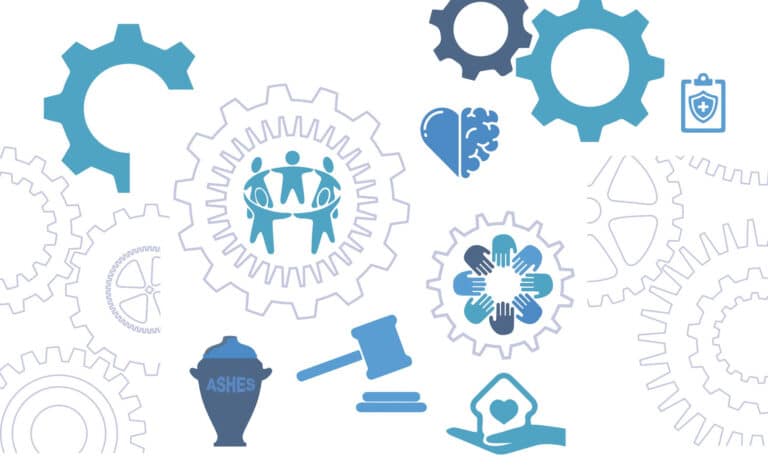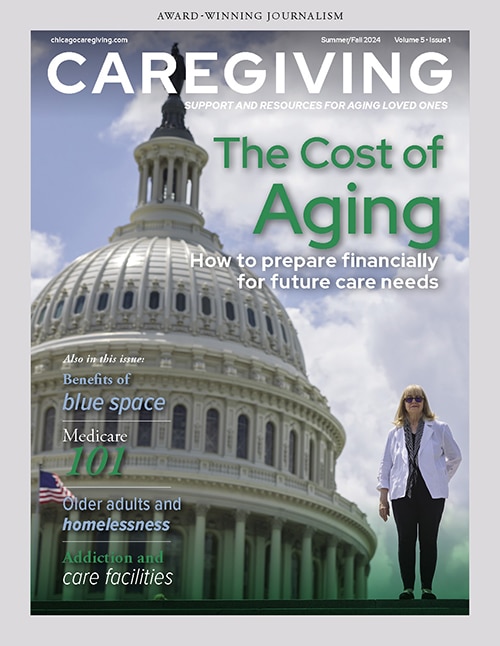Tips for protecting your child’s head with the perfect-fitting bike helmet
By Nancy Maes
Parents can’t just buy the bike helmet their children like best, plop it on their heads, buckle it up and assume the youngsters will be safe. The protective gear has to meet the standards of the Consumer Safety Commission and be fitted properly in order to make sure it prevents a traumatic head injury in case of a fall or a collision.
The Children’s Health Resource Center at Advocate Children’s Hospital in Park Ridge offers free helmet fittings for the general public and also sells low-cost helmets. Its coordinator Kathryn Smart says that it is important to follow three steps to make sure the helmet will be effective in absorbing the shock during a serious accident.
There is no doubt that bike helmets are effective. Wearing the protective gear can reduce the risk of serious head injury by 80 to 85 percent. “Scrapes can heal—brains are much harder to heal,” says Smart.
A custom-fitted helmet in perfect condition can prevent trips to hospital emergency rooms, where more than 300,000 children are treated each year for injuries caused by bike accidents.
A fitting, which takes about 5 or 10 minutes, begins by measuring the circumference of the child’s head just above the eyebrows in order to choose the right size. Smart points out, however, that the measurement alone is not always sufficient. To get a proper fit, it is also important to consider the shape of the head, which could be long and narrow, or broad, have a high forehead or a short one. Helmets also come with pads that are held in place with Velcro or other methods to improve the fit. The helmet needs to be snug without being too tight or too loose. The helmet should be level on the child’s head so that it is one- or two-finger widths above the eyebrows. If the helmet is too far forward, the child will have a hard time seeing.
“People often make the common mistake of wearing their helmets tilted back, but so often when you have a crash, you fall forward over the bike, and if the helmet is tilted back, the face and forehead won’t be protected,” Smart explains.
The next step is to adjust the side straps, which should not be twisted but lie flat against the head. They should make a V-shape under the earlobe to stabilize the helmet. Last of all, the buckled chinstrap should be adjusted so that it is snug, with just enough space to put one or, maybe, two fingers between the strap and the neck.
“Another of the biggest mistakes people make is to leave the strap too loose when it’s buckled because children don’t want anything tight against their neck,” says Smart, “But if it’s too loose, the helmet can move back during the impact of an accident and not protect the head.”
At the end of the custom fitting Smart asks children to shake their heads back and forth and up and down. “The helmet fits if it doesn’t rock from side to side or back and forth,” she says. “I also ask kids to look up with their eyes. If they can see the rim of the helmet, it’s in the right place.”
Once the helmet fits properly, it still might be difficult for children to accept the need to wear one. They might be more willing if they have a helmet that they like. In addition, parents can be role models for their children by wearing helmets themselves. They should also make an unbreakable rule that their children can never ride their bikes without a helmet.
To convince older children of the importance of wearing a helmet, Smart points out that pro athletes in all sorts of sports protect themselves with headgear. (It’s important to know that each sport has a helmet specifically designed for it.)
Taking good care of helmets is also important. Children should not throw them onto cement because the impact on a hard surface could break them. Helmets should not be left in a hot car or stored in a hot place because heat can deform the shell and cause other damage.
If the child has a serious accident, not just one with scrapes and scratches, but one in which the helmet takes the impact, it’s time to replace it. Smart says the catchy phrase to remember is: “One crash, and it’s trash.”
For information about the sale of bike helmets and free fittings, contact the Children’s Health Resource Center, Advocate Children’s Hospital, 1675 Dempster St., Park Ridge, 847-723-9484.












